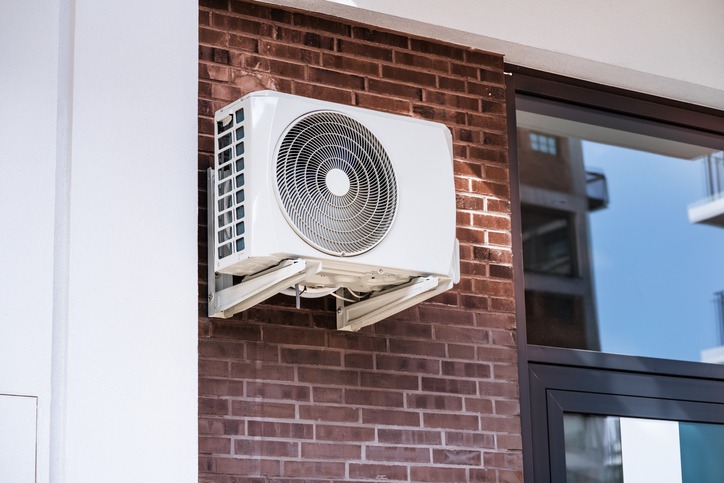Are you looking to increase the efficiency of how your home or office is being heated and cooled? While most traditional heating, ventilation, and air conditioning systems (HVAC) have been around for a while, there are new kinds of energy-efficient alternatives that can help reduce your utility bills significantly.
Ductless mini splits are an incredibly popular option for homeowners who want effective climate control without having to invest in expensive ductwork installation. Not only do ductless units provide better performance than traditional HVAC systems, but they also come with lower operating costs due to improved energy efficiency.
Here’s your ultimate guide on why choosing a ductless mini split system could be beneficial for both budget savings and environmental sustainability.
If you’re considering having ductless mini splits installed and need the help of a professional, consider this company if you live in the Oklahoma City area.
What is a ductless mini split system and how does it work?
A ductless mini split system is a type of HVAC unit that does not require any ductwork to be installed. Instead, it uses two separate units—an indoor air handler and an outdoor condensing unit—to condition the air.
The indoor unit contains an evaporator coil, which collects heat from the indoors and passes it to the outdoor unit, while the outdoor condensing unit contains a compressor that compresses and releases refrigerant.
This process helps cool or heat the air inside, depending on your needs. The two units are connected by tubing and wiring run through a small hole in an exterior wall.
The benefits of a ductless mini split system
One of the main benefits of opting for a ductless mini split system is its energy efficiency. Since it does not require any additional ductwork, there is less air loss, which in turn leads to lower energy usage and consequently, lower utility bills.
Additionally, since these systems do not rely on the same volume of air being cycled through a house or office, they are able to provide greater control of the temperature in individual rooms or zones.
Furthermore, mini split systems also have a much smaller environmental impact than traditional HVAC systems. Since they do not rely on electricity-powered fans, they require less energy and generate fewer emissions than central air conditioning systems.
Finally, ductless mini splits are also relatively low-maintenance and easy to install. Unlike central air conditioning systems, mini splits can be installed much more quickly and require fewer labor costs.
How to properly size a ductless mini split system for your home
When considering a ductless mini split system for your home, it is important to ensure that you choose the right size unit for your needs. An improperly sized unit can result in higher energy bills and decreased efficiency.
To determine what size unit is best for your needs, you should take into account several factors, such as the size of your home, the insulation levels of your walls and ceilings, the number of rooms you plan to cool or heat, and the overall climate in your area.
Once you have determined these factors, you can use a BTU calculator to calculate the ideal size for your mini split system. It is important to remember that since ductless systems condition air individually, you may need more than one unit to adequately heat or cool your home.
In addition to correctly sizing the unit, it is also important to ensure that the installation is done properly. This includes sealing all of the joints and ensuring they are insulated against outside air. A professional technician should be consulted if you are unsure of how to properly install your ductless mini split system.
By carefully considering each of these factors, you can ensure that your ductless mini split system is installed correctly and efficiently so that it provides you with the best possible performance and comfort for years to come.
Tips for maintaining your ductless mini split system for optimal efficiency
In order to ensure that your ductless mini split system is performing at its optimal efficiency, it is important to follow some key maintenance steps.
First, it is important to regularly check the air filters and replace them when necessary. Dirty air filters can cause the unit to run less efficiently, leading to higher energy bills and decreased performance.
Second, you should also have a professional technician inspect the unit at least once a year to ensure that there are no issues with the wiring or other components. A technician can also check the refrigerant levels and clean any condensate lines if necessary.
Third, be sure to keep an eye out for any signs of moisture or condensation around the unit. If any is present, you should contact a technician right away to investigate the cause and repair any issues.
Finally, it’s important to clean the area around the unit regularly and check for obstructions that could limit airflow. This will help keep your mini split system running at its optimal efficiency.
Conclusion
Ductless mini splits are an efficient and effective way to heat or cool your home. By following the tips outlined above, you can ensure that your system is sized correctly, installed properly, and well-maintained for optimal efficiency.
With the right care, your mini split system can provide you with reliable performance and comfort for years to come.

